Deep Sky Objects
WHAT TO SEE
- Last Updated On:
DEEP SKY OBJECTS
These are objects outside the solar system, which remain fixed in their positions on the ‘celestial sphere’. These include galaxies, nebulae, and star clusters. When you first look through your telescope on a clear night your mind will be boggled by the sheer number of stars even in barren-looking areas of sky. Generally, they are best viewed through wide angle, low-power eyepieces.
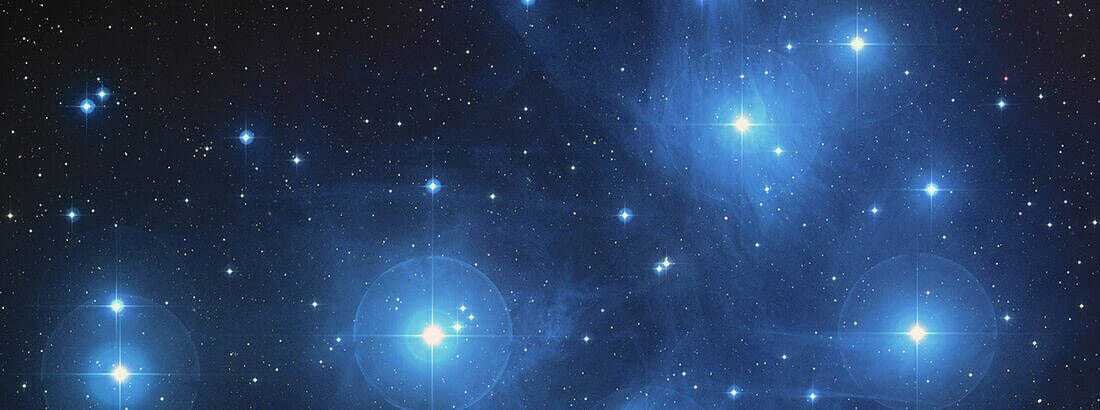
THE PLEIADES (M45)
The Pleiades are an easily recognisable star cluster, resembling a tiny version of the ‘big dipper’. Also called the seven sisters, usually about 6-8 stars are visible with the naked eye.
However, through the telescope, 50-100 stars are visible, making it an incredible sight. You’ll need an eyepiece with a wide field of view to get the whole cluster in view. It is a group of very young, hot, bright stars, very close together.
The stars are surrounded by a slight nebulosity which is illuminated by the star’s light, and is thought to be the remnants of the larger nebula from which the stars were formed. The Pleiades are best seen about October-February.
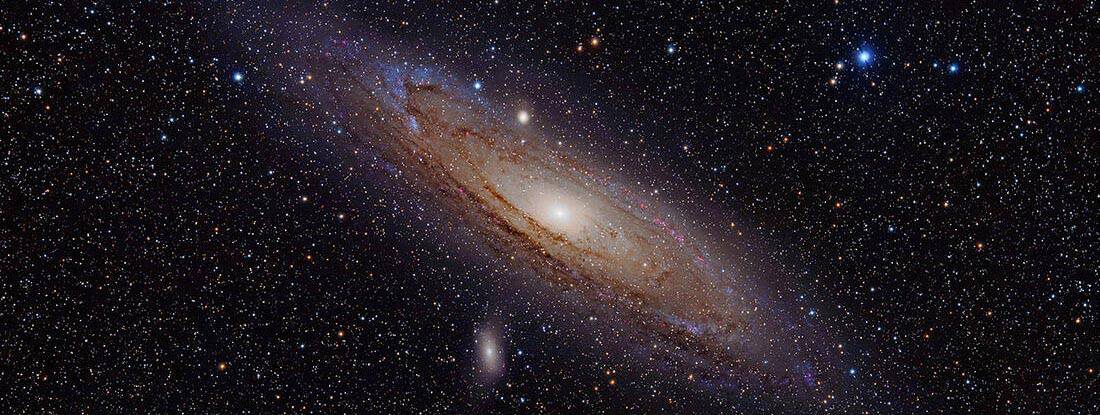
ANDROMEDA GALAXY (M31)
The Andromeda Galaxy is the nearest galaxy to our Milky Way, and is one of very few that can be seen with the unaided eye. It is thought to contain about 400 billion stars and is about 2.2 million light years away.
Don’t expect to see it like the photograph unless you have a large telescope. To most of us through a small telescope it will appear as quite a large fuzzy blob.
When it is at it’s highest and on a good dark night, you realise what you were seeing before was just the bright nucleus in the picture- you begin to see the edges of it very faintly and it is much larger than you thought. It is best seen about September-January.
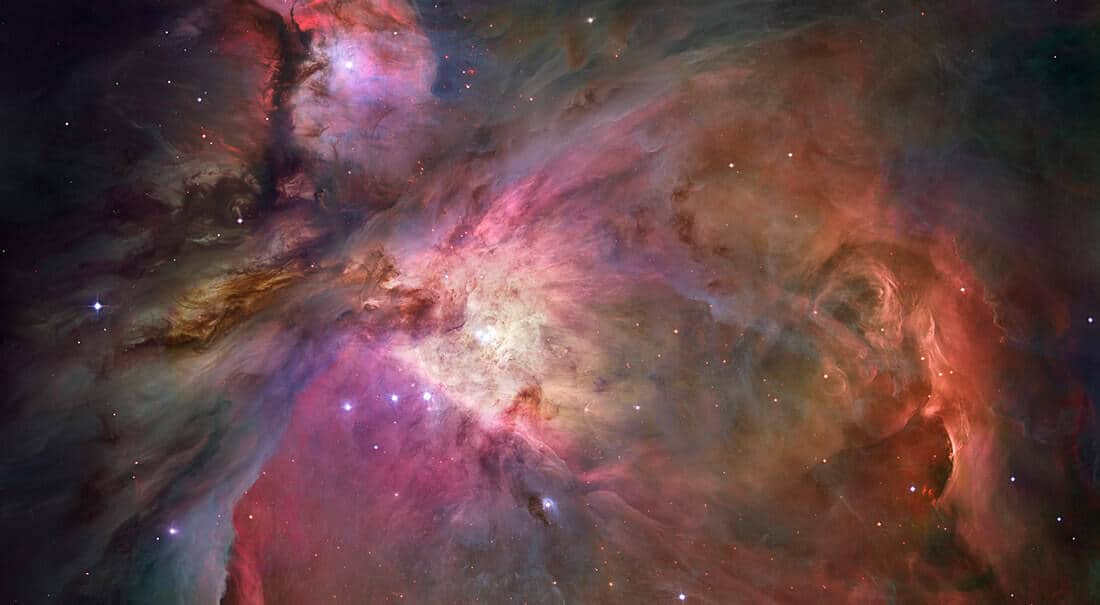
GREAT ORION NEBULA (M42)
The Orion Nebula is one of those ‘must see’ objects for anyone with an interest in astronomy. It is bright enough to be seen with the naked eye as the middle ‘star’ in Orion’s sword. With a small telescope you can see a dark lane running through a fuzzy patch.
Try diverting your eyes away from it, and you’ll be able to see more structure in it (for some reason our peripheral vision seems to be better at picking up faint light than looking straight at a dim object.) You don’t see it in red like it comes out in pictures, but on a very clear night you can recognise its structure. It is best seen in the winter months, from about October to January.
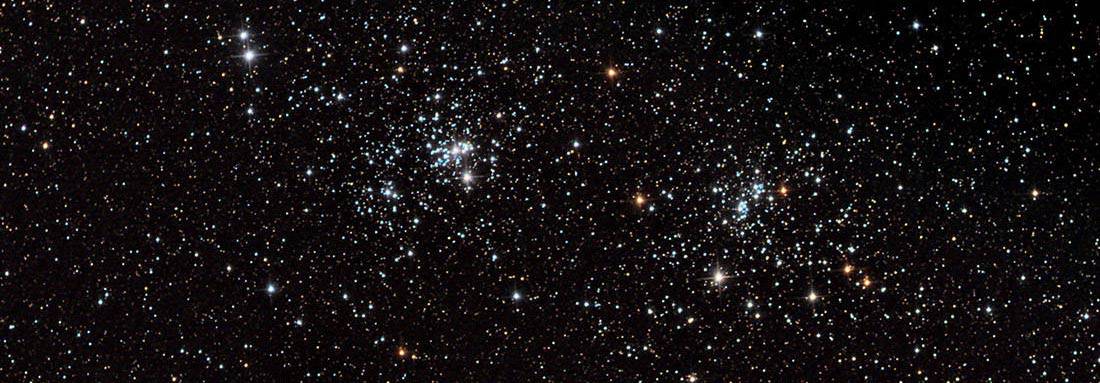
THE DOUBLE CLUSTER
The double cluster can be found in Perseus and appears to the naked eye as a large, indistinct patch of dim stars. Through the telescope, however, it looks wonderful.
You can see two nuclei about which all the stars are gathered in the cluster.
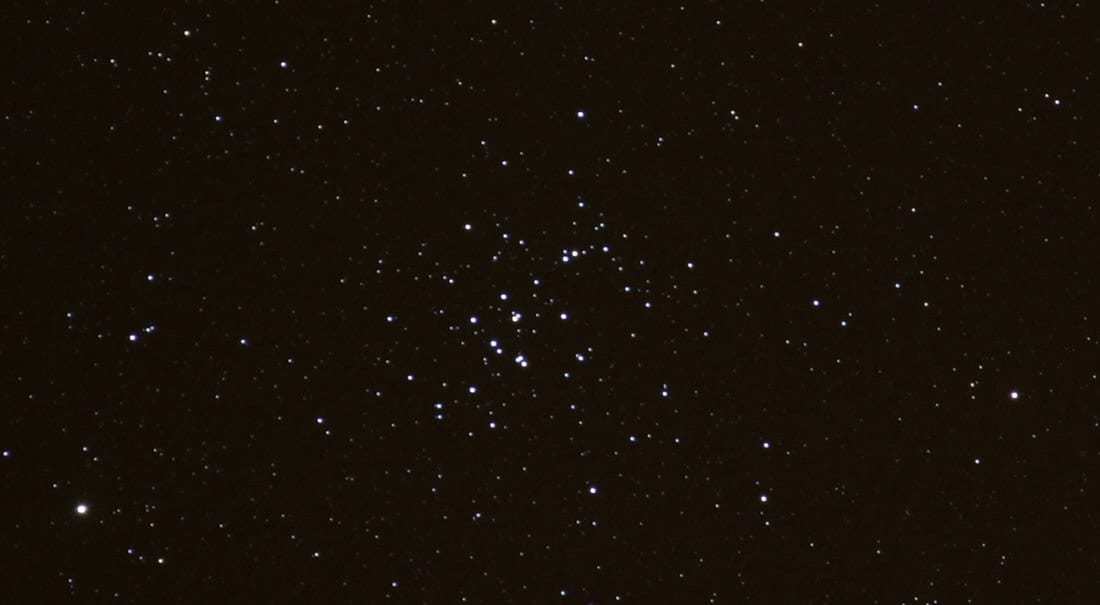
BEEHIVE CLUSTER (M44)
An open cluster, similar to the double cluster, a dense patch of dim stars barely visible to the naked eye, but again magnificent through the telescope.
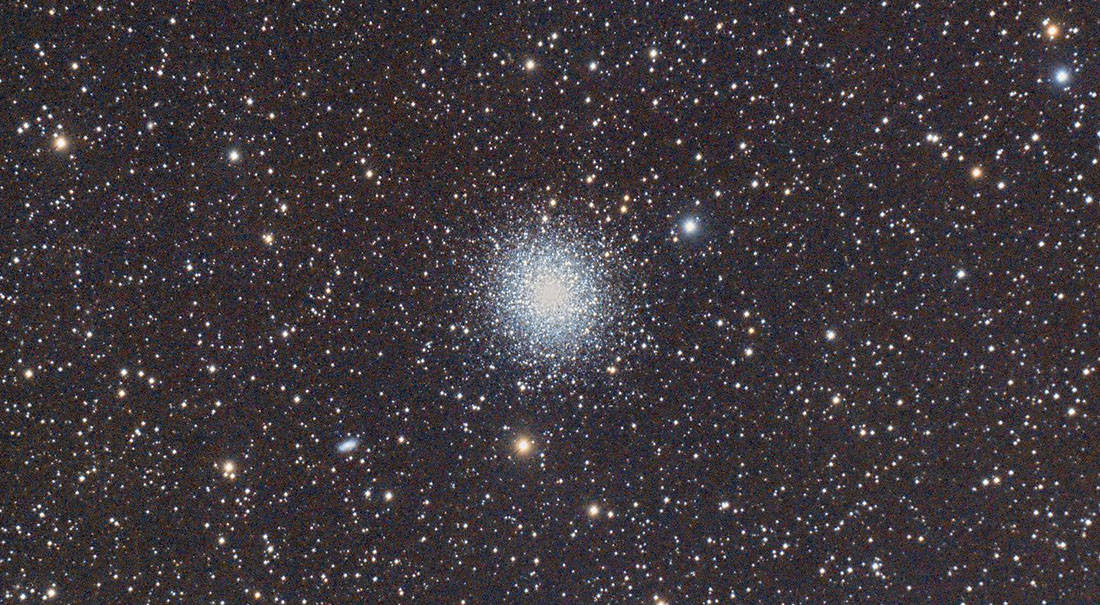
GREAT HERCULES CLUSTER (M13)
The great Hercules cluster is a globular cluster similar to cluster M5 shown in the picture, but different to the beehive ‘open cluster’ in that it’s very densely packed stars in a smaller sphere, rather than a loose grouping of several stars over quite a large area.
It appears as a patch of fuzz through the telescope, and on a slightly higher power I could almost pick out individual bright stars in the centre.
SUBSCRIBE TO OUR WEEKLY NEWSLETTER

